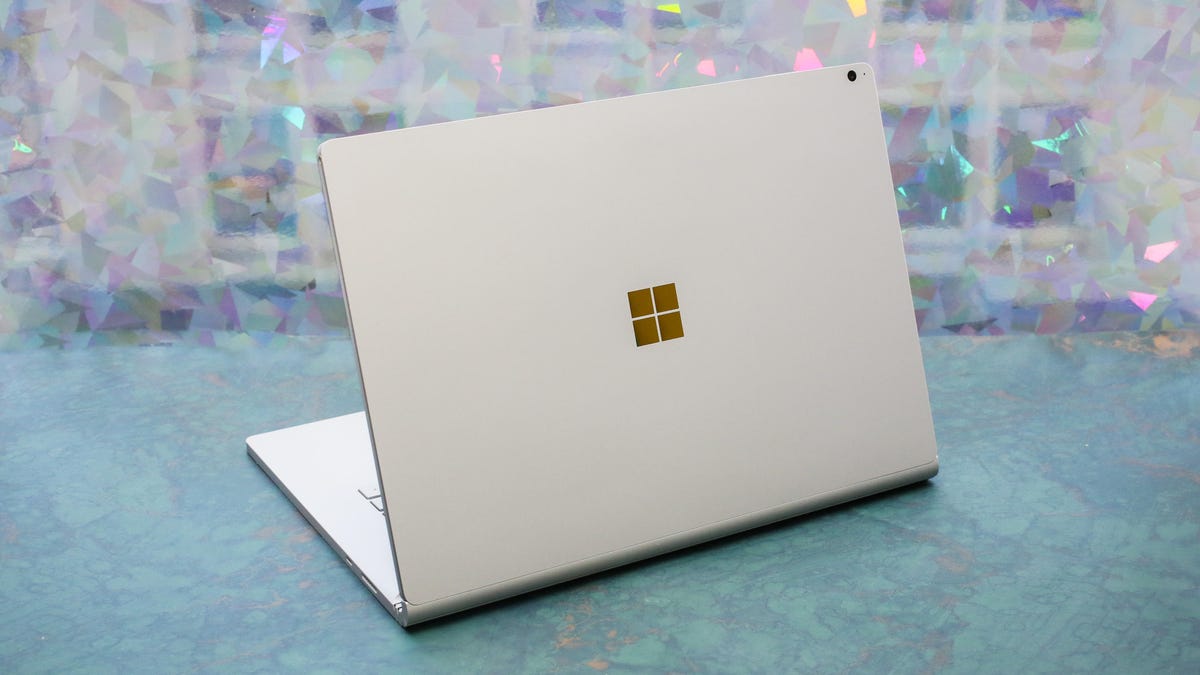You may soon be testing Microsoft's next software
The debut of Windows 10's Sets feature is the latest example of the tech industry asking us to be guinea pigs.

Microsoft has a great new idea that might change the way you use a computer. But the company's not sure it'll work.
Wanna try it?
In the coming weeks, the world's largest software maker will send an update for its 3-year-old Windows Insiders program to people who want to experience bleeding-edge prerelease software. The update will include a feature that could radically change how we use our computers. Or not.
Tentatively called Sets, the feature groups apps, browser tabs and documents together as tabs. Think of it as setting up a work space in which one tab could be a Word document you're working on, another could be the PDF file you're reading for reference and a third could be a PowerPoint presentation you're putting together.
The real magic comes when you switch computers.
Microsoft's
upcoming Timeline sync feature, which tracks what you've been doing on each of your devices so you can pick up that work regardless of where you are, will also work with Sets.
It's much more ambitious than Apple's Handoff, which helps you transfer an email you're typing out on your phone to a computer so you can finish it. In Microsoft's Sets, those documents, browser windows and other apps you have open and arranged just so while you're in the office can be pulled up on your machine at home.
"We believe there's an easier way to organize your stuff and get back to what you were doing," Terry Myerson, executive vice president of Microsoft's Windows and Devices Group, wrote in a blog post Tuesday.
The move is a striking departure from the way we all typically use computers, with various apps running in windows (hence the name of Microsoft's flagship Windows PC software, which runs on more than 90 percent of the world's computers).
It's also the latest example of how the
tech industry
is increasingly asking us to become guinea pigs. In this case, Microsoft is letting us test a feature that isn't quite baked in with the hopes of getting people -- lots of people -- to test it and report back on what they like and don't like.
This isn't a new idea. Google , Apple and many others have been increasingly embracing it for years.
And why not? By releasing new features to people signed up for its public testing Windows Insider service, Microsoft gets valuable insight from excited users into how the new feature gets used.
And if it turns out people hate the feature, it's easy enough to test something different.
"From a point of view of getting people familiar with your stuff, it's good," said Roger Kay, an analyst at Endpoint Technologies Associates. "It's like marketing."
Long time coming
Companies have been publicly testing software since before the internet was a thing. In 1984, eager fans paid nearly $50 apiece to test writing software called WordVision for the IBM PC. In 2000, Apple sold a prerelease version of OS X, the next-generation software that would power its computers, for $30 a pop. And Google famously made the industry term for test software, "beta," a household word by plastering it next to the logo for its Gmail service from its launch in 2004 until 2009.
These days, particularly on the web, it's so common you might run across test software and not even know it. Heck, you may even have read stories here on a test design of CNET's article page.
But on computers and
phones
, it's still somewhat uncommon to see widely distributed test software because of how sophisticated and complicated it is to do. Also, since software like Windows is used by hundreds of millions of people every day, any change ripples around the world.
"The nature of the way you have to think about it is different," said Bob O'Donnell, head of industry watcher Technalysis Research. Microsoft's choice to publicly share new ideas like Sets this early in product development is a sign that the company wants to be more thoughtful and methodical in the way it makes big changes to Windows, he added. The company's also only giving the feature to some testers, not all, to see how different people react to it.
Sure, Microsoft's offered prerelease versions of its software for years, but that typically happens after features have been decided, and not when they're being considered. Think back to 2012, when Microsoft removed the Start button, only to put it back a year later. Or to 2007, when it was widely criticized for the new "ribbon" design for its Office productivity software.
Bottom line: It's not terribly common to see a large company like Microsoft be this open with product development.
"This is something we have embraced wholeheartedly and it means we're going to try some new things," Myerson wrote. "We'll test, learn and adjust based on your feedback."
Holiday Gift Guide: CNET's full gift guide, including dozens of products priced under $25, $50 and $100
CNET Magazine: Check out a sample of the stories in CNET's newsstand edition.

